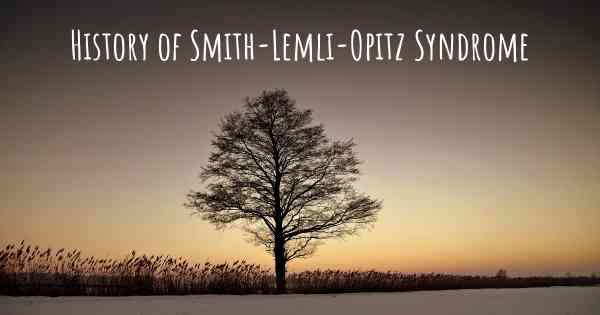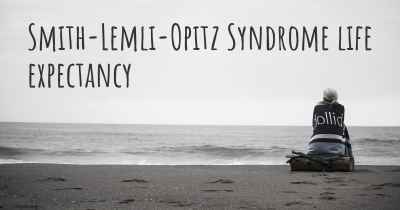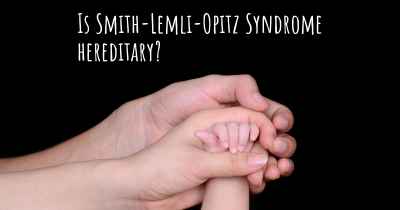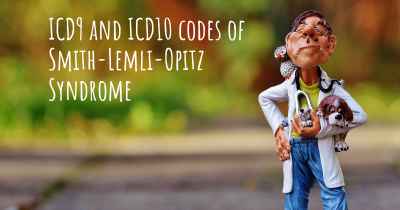What is the history of Smith-Lemli-Opitz Syndrome?
When was Smith-Lemli-Opitz Syndrome discovered? What is the story of this discovery? Was it coincidence or not?

Smith-Lemli-Opitz Syndrome (SLOS) is a rare genetic disorder that affects multiple systems in the body. It was first described in 1964 by Drs. David W. Smith, Ann C. Lemli, and John M. Opitz, who identified a group of patients with similar physical and developmental characteristics.
SLOS is caused by a deficiency in the enzyme 7-dehydrocholesterol reductase (DHCR7), which is responsible for the final step in the synthesis of cholesterol. Cholesterol is a vital component of cell membranes and is also a precursor for the production of important molecules such as hormones and vitamin D.
The history of SLOS can be traced back to the early 1960s when Drs. Smith, Lemli, and Opitz began studying a group of children with distinct facial features, growth and developmental delays, and organ abnormalities. They noticed that these patients had similar physical characteristics, including a small head (microcephaly), widely spaced eyes (hypertelorism), a flat nasal bridge, and a small jaw.
Further investigations revealed that these children also had intellectual disabilities, poor muscle tone (hypotonia), and feeding difficulties. Additionally, they often exhibited behavioral problems and had a high risk of developing autism spectrum disorder.
After extensive research, the team of doctors discovered that the common factor among these patients was a deficiency in the DHCR7 enzyme. This enzyme is responsible for converting 7-dehydrocholesterol (a precursor molecule) into cholesterol. Without sufficient cholesterol production, various systems in the body are affected, leading to the wide range of symptoms observed in SLOS.
Over the years, researchers have made significant progress in understanding the underlying genetic and biochemical mechanisms of SLOS. They have identified specific mutations in the DHCR7 gene that result in the enzyme deficiency. These mutations can be inherited in an autosomal recessive manner, meaning that both parents must carry a copy of the mutated gene for their child to be affected.
Today, SLOS is estimated to occur in approximately 1 in 20,000 to 60,000 births worldwide. The disorder affects individuals of all ethnic backgrounds and is equally prevalent in males and females.
While there is currently no cure for SLOS, early diagnosis and intervention can greatly improve the quality of life for affected individuals. Treatment typically involves managing the symptoms and complications associated with the disorder. This may include cholesterol supplementation, dietary modifications, physical and occupational therapy, and specialized educational support.
Continued research into the genetic and biochemical aspects of SLOS holds promise for the development of targeted therapies and potential future treatments. Efforts are also being made to raise awareness about the syndrome among healthcare professionals and the general public to ensure early identification and appropriate management of affected individuals.








